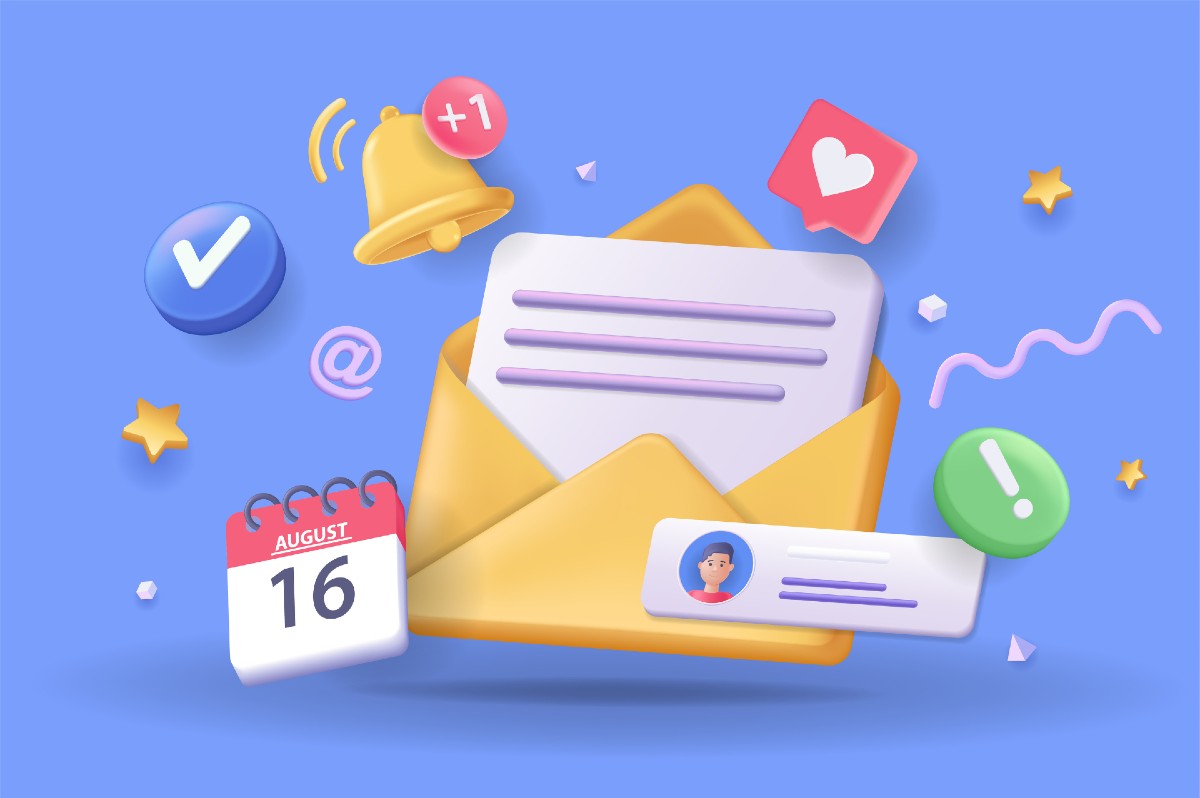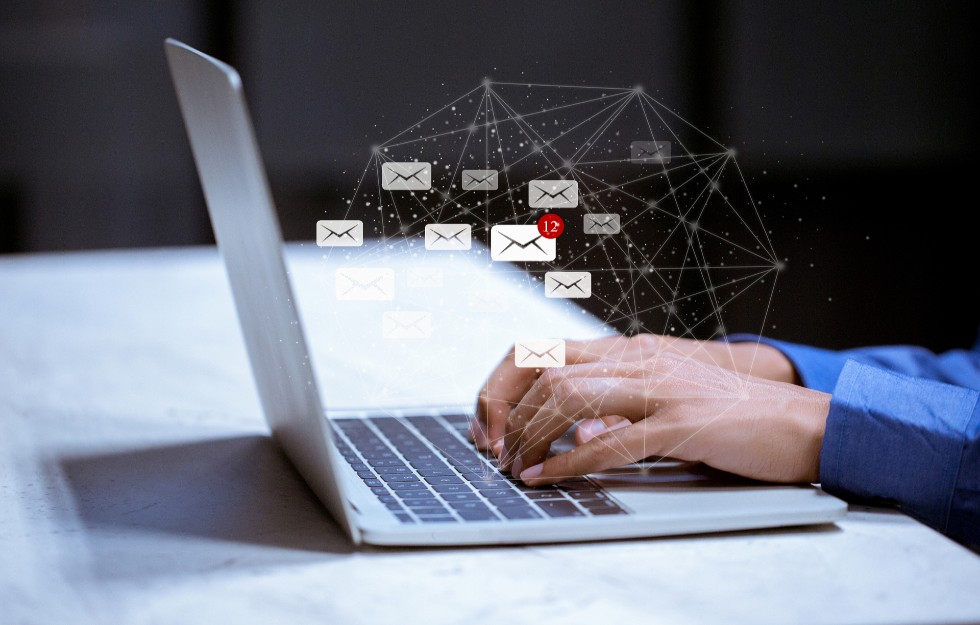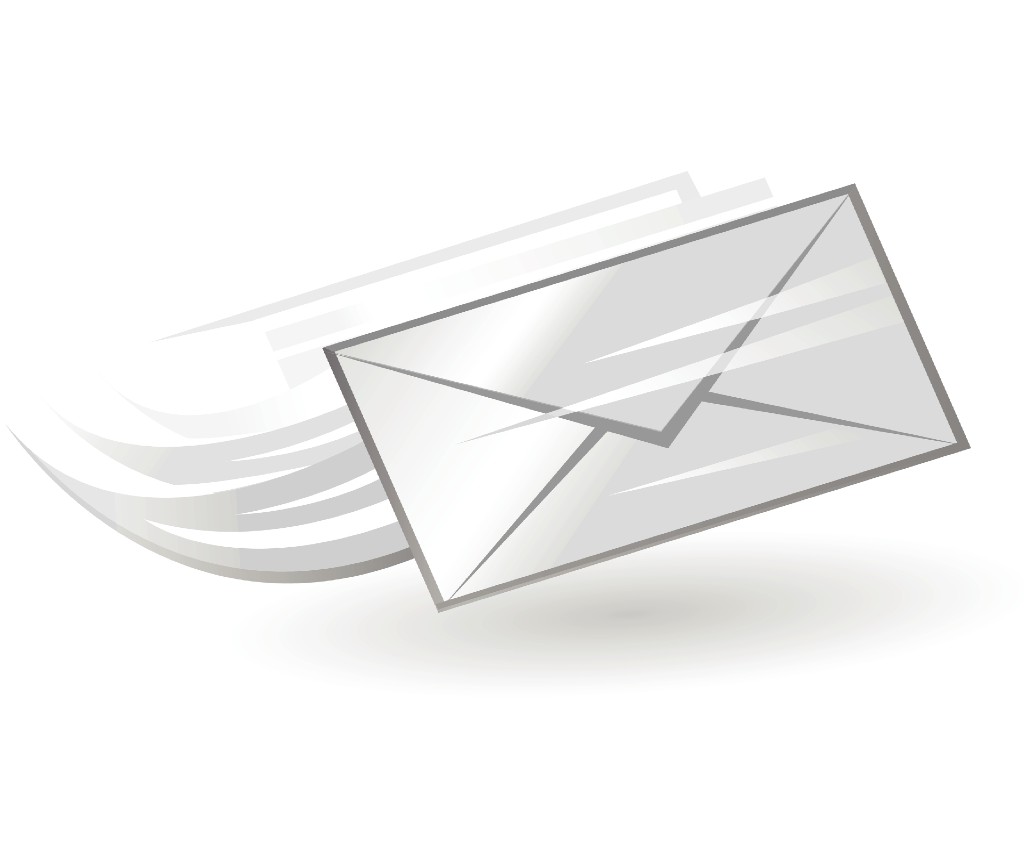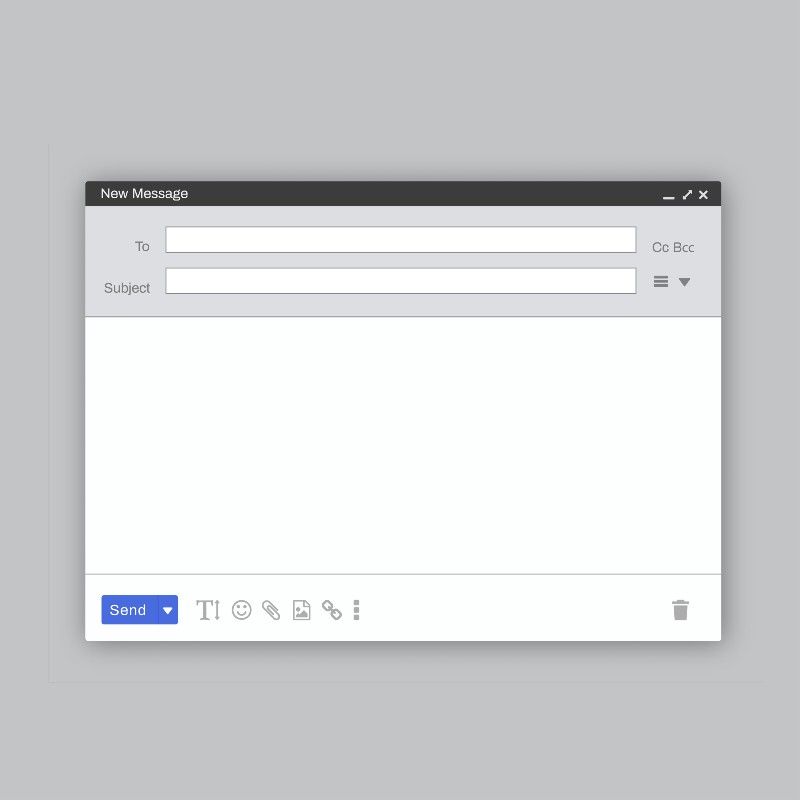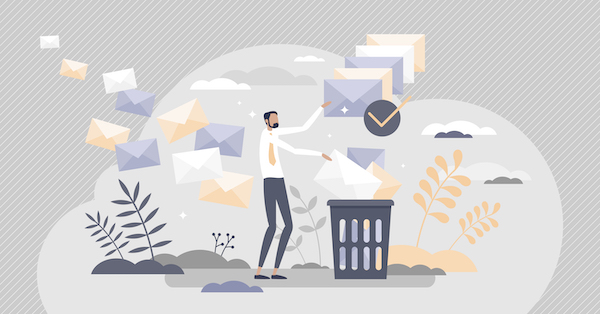How Often Should I Clean Up My Email List?
Email marketers can only assure their content reaches users’ inboxes if they have a clean email list. Cleaning up your email list may significantly impact your email marketing strategy – which can be the most crucial platform for your business’s success. By 2027, the global email marketing sector is predicted to be valued at $17.9 billion, up from $7.5 billion in 2020. But how frequently should you clean your email list? This article will assist you in answering that question.
What is Email List Cleaning?
Removing duplicate or invalid email addresses and unengaged or inactive users is known as scrubbing or cleaning your email lists. It is an essential part of email list management best practices since it guarantees that you use standardized, clear, usable, and reliable data.
Why Should You Clean Up Your Email List?
Email deliverability, open rates, and the overall performance of your email campaign are all affected by various factors. Without question, a clean email list is one of the most critical factors.
Keeping your email list current and clear of inactive subscribers will help you enhance the three most important metrics: open rate, click rate, and deliverability. The average email open rate is 19.8 percent, the click-through rate is 11.3 percent, and the bounce rate is 9.4 percent.
If you continue sending emails to subscribers that don’t engage with you, internet providers can penalize you, and your emails might even end up in the spam folder.
According to statistics, 16% of all emails never make it into the inbox. It can also significantly affect your senders’ reputation. Once it happens, all the hard work you put into an email campaign goes to waste because emails that end up in the spam folder have close to zero chance of being read by the customers.
Every year, email marketing databases deteriorate by roughly 22.5 percent. As a result, list cleaning should be a recurring task you must complete over a set period.
How to Clean Your Email List?
1. Define who is inactive and who is an unengaged subscriber
Before you begin cleaning your email list, you must first determine whether the subscriber is completely inactive or simply not engaged. There is a significant difference between the two. While you should remove an inactive subscriber from your list, you can spark the interest of unengaged recipients and re-engage them. That’s where a re-engagement email campaign comes in handy. It’s a technique to re-engage them and transform them into active subscribers.
You need a unique approach with this kind of customer to ignite curiosity. You will have to tailor emails to their interest and offer discounts or similar perks for re-engagement. If they still show no interest in your business, it’s time to declare them inactive and take them off the list.
Inactive vs. Unengaged Subscribers
Inactive subscribers are those recipients who haven’t opened or clicked your email campaigns in a long time – but the amount of time it takes to mark them inactive depends on your marketing approach. If you use only seasonal email campaigns, it could take a year or more to declare someone inactive. On the other hand, if you send emails much more frequently, you could declare someone inactive after not opening or engaging with 4 or 5 emails.
Unengaged are those subscribers who would open and click your campaigns once, but after a while, they stop interacting with your emails. If they don’t respond to your re-engagement email campaign, you can mark them as inactive and remove them from your email list.
2. Remove the Subscribers Who Mark You as Spam.
Spam filters can significantly impact deliverability and your sender’s reputation in general. If a subscriber decides they no longer want to receive your emails and marks them as spam, you must remove them from the list to avoid further damage.
3. A different approach for different kinds of bounces
There are two types of bounces, soft and hard bounces. You need a different approach to these two. A hard bounce is a permanent problem you can’t fix, like an incorrect email address, while a soft bounce can be due to a full inbox or something temporary. You can take hard bounces off the list immediately, but with soft bounces, you can keep an eye out and see when the problem gets solved.
How often should you clean Your Email List?
You’ll get many different results if you search for the answer to this question. Some might say once every three months. Others take longer and make it six months. There are also the ones who recommend doing it once every year. In reality, all these strategies could work well for different kinds of businesses. Therefore, there is no one definite answer to this question. But there are three main factors to consider regarding how often you should clean your email list.
- The frequency that you send email campaigns
- How you collect emails
- Types of email lists you use
1. The necessity for email validation is directly proportional to the frequency with which you send emails. If you just send your campaign every couple of months, it’s a good idea to double-check your list before each send. But if you send emails once or even a couple of times a month, there’s no need to clean the email list before every campaign.
2. There are different options that you can use when it comes to collecting emails. The most common ones are double opt-in with real-time email verification and single opt-in without real-time email verification.
The first one is the most reliable since it will prevent customers from subscribing with fake or incorrect email addresses since they must confirm it with the link they receive on their email address. Still, it will not prevent sign-ups using temporary emails, active only for 72 hours. In a single opt-in case, the chances of sign-ups with temporary inboxes and incorrect email addresses are higher. Therefore, it’s the most unreliable one. The more reliable your ways of collecting emails are, the longer you can go without cleaning the list, but you should still regularly do it.
3. If your email campaign targets B2B (business to business), you might have to clean your email list more often than if it was aimed at B2C (business to consumer) since business emails tend to expire more frequently. People move occupations quite often. Emails that were valid in your previous campaign may now be a hard bounce.
In B2C, clients use their personal emails. We tend to keep using the same personal email address for years. As a result, the cleaning email list isn’t required as often in this scenario.
Now that you have a clearer idea about the timing of your email list clean-up, it’s time to schedule one for your email marketing strategy, depending on your business and which one will be the most suitable for you. Bring these suggestions to your next marketing meeting to ensure that you and your team use the most cost-effective methods to keep your email marketing list clean.
Are you busy running your business and need marketers’ help? Reach out to us today. Internet Marketing Geeks is happy to help, whether with clean-up or creating the most cost-effective marketing campaigns that help your business grow and succeed!

